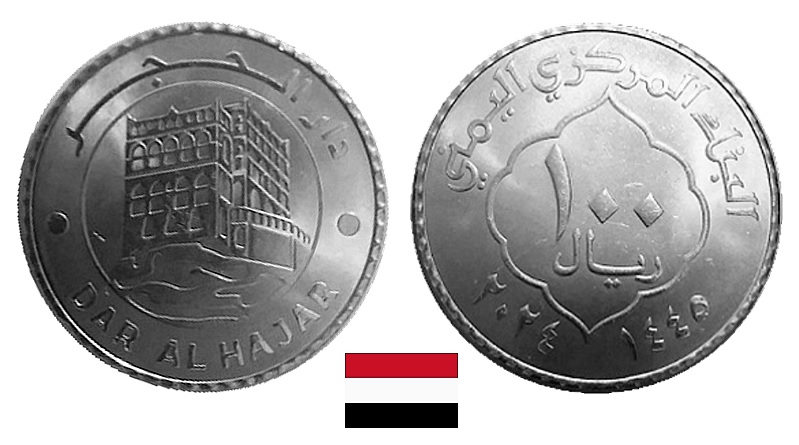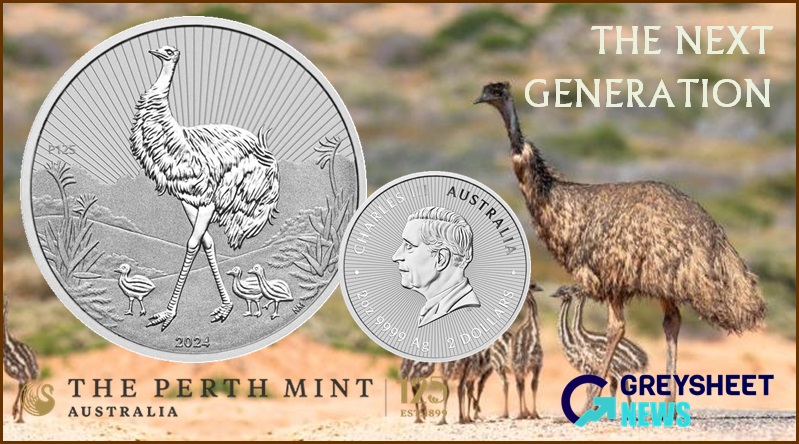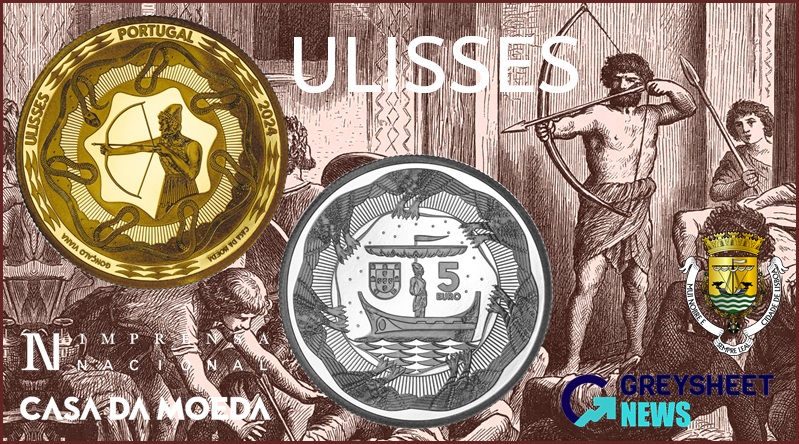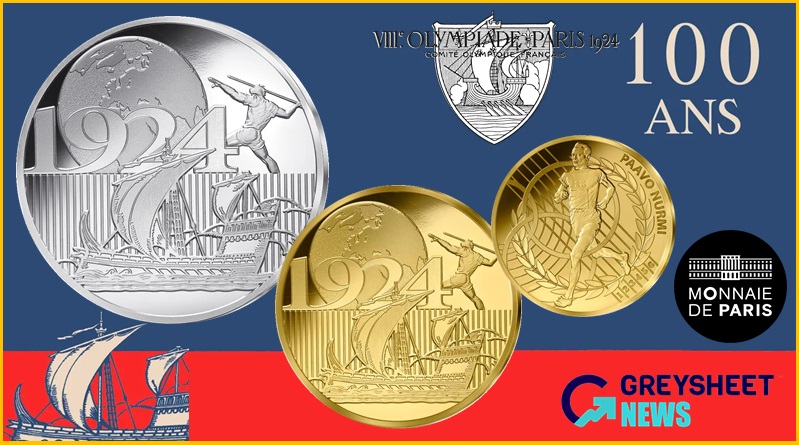On Who’s Authority? A new 100 Riyal Coin Released by Rebel-Controlled Yemeni Central Bank
Controversy has emerged recently when an announcement was released pertaining to the issuance in the Middle East of a coin in place of an existing banknote of the same denomination.
Why would such an announcement elicit so much worldwide attention for an instrument of currency worth about 40 US cents? To answer this question, it is important to delve a bit further into the complexities, not of the coin itself or the circumstances leading to its production and release but more along the lines of instability and conflict.
An entity representing itself as Yemen’s Central Bank announced on the 30th March that they have authorised and released new 100 riyal coins (US$ 0.40) into circulation. During the news conference from Sana’a, the rebel-occupied capital of the Republic of Yemen, representatives explained the coin was produced to alleviate the use of 100 riyal banknotes. Due to their frequent use and lack of a fresh supply, these notes have become unfit for circulation and the Central Bank in Sana’a have no access to a fresh supply of these banknotes. However, the coin and its issuance was immediately condemned by the internationally recognised Central Bank of Yemen, who have accused an illegitimate authority, the Houthi-rebels of issuing counterfeit currency and intentionally destabilising the Yemeni riyal.
Yemen has been in the midst of another civil war, between two primary factions since 2011. On one side is the Government-led authority which is internationally recognised and under the leadership of Rashad Muhammad al-Alimi, chairman of the Presidential Leadership Council. The opposing side is the Houthi movement, named after their founder Hussein Al-Houthi, they are a Shia Islamist political and military organisation that emerged in the 1990’s after the end of Yemen’s last civil war. The Houthis took part in the Yemeni Revolution of 2011 by participating in street protests and coordinating with other Yemeni opposition groups and by 2014, Houthi rebels seized control of the capital city, Sana'a. Currently, Yemen's current territorial situation almost matches the former border of North and South Yemen. The takeover prompted a Saudi-led military intervention to restore the internationally recognised government, leading to an on-going civil war. Houthi insurgents currently control the capital and most of what was the former state of North Yemen. It is widely believed the Houthis derive much of their financial and military support from Iran which most of the international community have condemned as fuelling war and instability in the region.
For reasons of safety and to ensure the Houthi-rebels didn’t further empty the treasury, the Central Bank of Yemen which is the internationally recognised state institution, re-located to the city of Aden in 2016. As the crisis deepens between the rebels and recognised government, Yemen's Aden-located Central Bank have now given private banks 60 days from the beginning of April to relocate their headquarters from Sana'a to Aden.

Observers have pointed out the Eagle insignia of the Republic of Yemen which has featured on circulation-type one-riyal coins since the Republic of Yemen (North) was united with the People's Democratic Republic of Yemen (South) in 1990 is noticeably missing from these new coins. It is believed though not confirmed that the dual-dated coins with the years ٢٠٢٤ and ١٤٤٥ (2024 and 1445) have been minted by Iran’s own minting facilities and according to the Sana’a’s Central Bank press release, are produced ‘in accordance with the latest international specifications and standards’. From what is ascertained, the coins are minted in a cupro-nickel type of metal with the denomination featured in Arabic numerals and script centred in a stylised decorative shape on the reverse. The obverse features an image of the Dar al-Hajar, a former royal palace located in the Wadi Dhar district in Sana'a. The text in western lettering reads DAR AL HAJAR and is placed below the image with Arabic script of the same words placed above along the rim.
What has been brought into question by governments and economists alike is the legitimacy of such a monetary instrument – not to mention ordinary Yemenis who are faced with either accepting the coin in transactions or rejecting it unilaterally. Anticipating the move to issue an alternate currency at some stage, the Central Bank in Aden recently released a warning to Yemeni citizens, financial and banking institutions and commercial sectors against accepting what they identified as counterfeit currency. The warning outlined their contention that the Houthis’ plans to solve the problem of damaged currency notes was to produce and release an alternative currency. The statement also emphasised that the Central Bank in Aden are the only legal authority in the country to issue any form of currency and that the release of these coins only serves to escalate and complicate the division of the country. Outside the territory controlled by the Houthi rebels, the coins should be considered counterfeit and without guaranty of value. It is believed the coin will only see circulation within rebel-controlled territories.
Against a backdrop of hostilities in the region, international response from such entities as the United States and European Union have unequivocally condemned the release of the coins with the European Union in particular stressing the release of the 100 riyal coins will only trigger further escalation in the economic field. The United States through its Mission to Yemen - Aden in issued a statement condemning the Houthis’ issuance of counterfeit currency, and emphasised the need to prevent this fake currency from entering the market. In response to these condemnations, the Central Bank in Sana’a issued a swift statement blaming the West for the instability of the country as a whole and accused the US and EU of trying to destabilise the currency. The issuance of a coin it seems will undoubtedly contribute further to the civil strife in Yemen. Time will tell whether this incident is isolated to just one instance or if the Central Bank in Sana’a will take the step closer to a full separate currency.

Download the Greysheet app for access to pricing, news, events and your subscriptions.
Subscribe Now.

Subscribe to CPG® Coin & Currency Market Review for the industry's most respected pricing and to read more articles just like this.
Author: Michael Alexander












Please sign in or register to leave a comment.
Your identity will be restricted to first name/last initial, or a user ID you create.
Comment
Comments